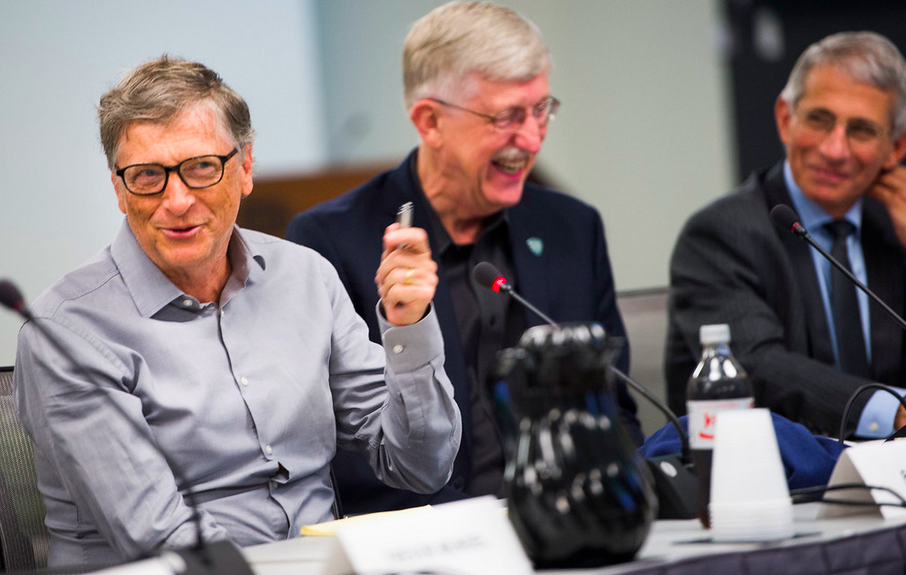From pv magazine USA
The American Council on Renewable Energy (ACORE) and Americans for a Clean Energy Grid are launching the Macro Grid Initiative to improve the country's balkanized electricity transmission system and better integrate low-cost renewable energy.
Breakthrough Energy, an organization that Bill Gates formed in 2015 to expand clean energy investment and innovation, will provide substantial funding for the initiative.
“To respond to the challenge of climate change, we need ambitious investments in our electrical grid. Solar, wind and other renewable energy sources are booming, moving us toward a carbon-free future,” said Gina McCarthy, president and CEO of the Natural Resources Defense Council. “But we need a way to connect all this clean energy to our homes. Modernizing our outdated transmission network will create jobs, grow our economy – and allow responsibly sited, cleaner energy to thrive.”
For renewable energy developers, new and upgraded transmission lines would mean more interconnection options, said Gregory Wetstone, ACORE’s president and CEO. It would probably also mean more renewable development and deployment because new utility-scale solar and wind projects are often the most affordable sources of power, he added.
Reforming U.S. transmission planning and cost allocation processes will enable more interregional lines to deliver power where it’s needed, allowing grid operators to more easily, effectively and affordably balance power supply, Wetstone said. These are critically important steps in light of the fact that the country’s cleanest, lowest-cost new power sources are often found in more remote areas. The 15 states between the Rocky Mountains and the Mississippi River account for 88% of the country's wind potential and 56% of the country’s utility-scale solar potential, but these states are home to only 30% of projected 2050 electricity demand.
Achieving the Macro Grid Initiative’s goals will require new policies at the federal, regional and state levels. “We need to help people understand why a Macro Grid is so essential to America’s economic and environmental success. We need to connect the dots that in order to deliver more low-cost clean energy, we need greater interconnection between the nation’s electricity markets,” Wetstone said.
Public and policymaker support will be critical, he added.
“Our priority areas include an expanded nationwide and eastern grid with a focus on the power market regions of MISO, PJM and SPP; developing and advocating for a fully planned and integrated interregional transmission system; promoting a new FERC transmission planning rule; and enlisting the help of state leaders to advance the next round of regional and interregional transmission planning,” Wetstone said.
Several recent studies have shown the benefits of expanding the nation’s transmission grid. For example, expanding and upgrading interregional transmission lines would help electric utilities, corporate and institutional buyers, and other consumers meet carbon and clean energy goals by affordably and reliably integrating low-cost renewable resources.
Enhanced transmission would also facilitate increased electrification and ensure grid reliability in the face of new patterns of electricity demand. Increasing transmission development at the “seams” between regions could save consumers more than $47 billion and return more than $2.50 on every dollar invested. Additionally, a nationwide, high-voltage direct current network optimized for the nation’s best wind and solar resources could deliver 80% carbon emission reductions from the grid by 2030 without adding costs to consumers’ electric bills.
This content is protected by copyright and may not be reused. If you want to cooperate with us and would like to reuse some of our content, please contact: editors@pv-magazine.com.



2 comments
By submitting this form you agree to pv magazine using your data for the purposes of publishing your comment.
Your personal data will only be disclosed or otherwise transmitted to third parties for the purposes of spam filtering or if this is necessary for technical maintenance of the website. Any other transfer to third parties will not take place unless this is justified on the basis of applicable data protection regulations or if pv magazine is legally obliged to do so.
You may revoke this consent at any time with effect for the future, in which case your personal data will be deleted immediately. Otherwise, your data will be deleted if pv magazine has processed your request or the purpose of data storage is fulfilled.
Further information on data privacy can be found in our Data Protection Policy.